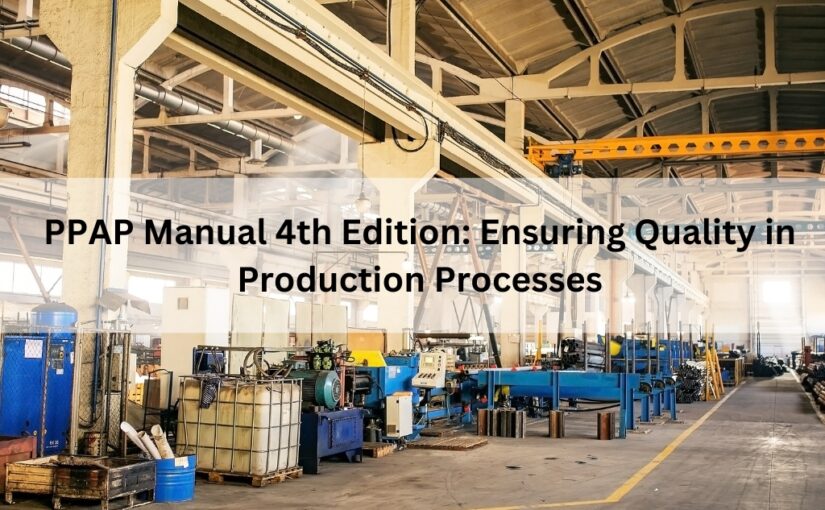A New Version of IMDS is Here – All Features of IMDS 13.0 Explained Here
June 21, 2021
Tags: IMDS, IMDS Automotive regulation, IMDS Compliance, IMDS Reporting, Material Classifications, supply chain sustainability

Changes Release IMDS 13.0
On 19th May 2021, the IMDS Steering Committee has released the most recent version of IMDS – 13.0, which has brought a range of latest & new features that will change the way data is reported. This update will affect all the automotive and automobile manufacturers in their effort to supply chain sustainability and material compliance.Objective behind the release of IMDS 13.0
IMDS is a comprehensive reporting tool for most automotive manufacturers and suppliers.Here is list of changes in the IMDS 13.0
- Deactivation of IMDS Recommendation 019 Semi-Component Material Data Sheets: With IMDS release 13.0, the published Recommendation 019 (Semi-Component MDSs) is going to be deactivated (Company ID: 102677 / Name: ZVEI-Rec019). Due to deactivation of Rec019 in release 13.0, the electronic companies face a major challenge, and it doesn’t seem that all OEMs will require legacy data sheets to be updated. The changes are only applicable to new product releases, legacy data is not affected.
- Deactivation of Material Classifications 8.x: Once the IMDS 13.0 is released, the Material classifications – 8.1 Electronics (e.g. pc boards, displays) and 8.2 Electrics are deactivated.
- Deactivation of other Material Classifications: In accordance with the Release 13.0 guidelines and the update of Recommendation IMDS001a, below are the Material classifications that are also deactivated.
- 1.2 Cast iron
- 5.4 Duromers
- 5.5.1 Plastics in polymeric compounds
- Adding new attributes and interface to transfer MDSs one by one to SCIP: There are few attribute fields that are introduced for newly created components:
- Article category / Taric codes
- Production in EU
- Safe use instructions required (yes/no)
- Safe use instructions
- SCIP number
- SCIP submission number
- Similarly, for newly created materials the subsequent new attributes are also introduced:
- Material category
- Additional material characteristics
- Support for multi-sourcing: The current scope of this enhancement applies to components solely. It will be attainable to refer & compare multiple MDSs for one component if it has multiple suppliers’ submissions, which will solve the problem of deciding the way to handle a multi-sourcing situation in IMDS.
- Increased precision for portions: Currently, the smallest portion that can be entered for substances in IMDS is up to six decimal places, and the smallest unit of weight is micrograms. To declare substances with very low thresholds like PFOA, it is typically not possible to enter more than 6 decimal places. However, now this issue is additionally resolved as the maximum number of point digits in portions is increased from 6 to 9 and the smallest allowed unit of weight can be entered as nanograms.
- Consideration of the Lower Threshold for available selection of Application Codes: The Application Codes for material will not be displayed if the lower threshold is not met. The only exemption is Application Code 8(e) – Lead in high melting temperature type solders (i.e. lead-based alloys containing 85% by weight or more lead), it’s not applicable for this.
- Threshold parameter for every Where-Used Analysis associated with substances: An additional threshold parameter (from / to) value is introduced to help the user who wants to do an analysis on the threshold limit of prohibited substances. Users can give any range in the “Where-Used Analysis Tool” and check for the threshold limit once using the below type of analysis:
- Substance
- Substance list
- Substance group
- GADSL/SVHC
- Application code
- Changes in IMDS SC 90 checks: As in agreement by the IMDS Steering Committee and supplier representatives, to keep the material classification of the base material in composites, the threshold limit is set to ≥ 5 % of the base material for the classifications 5 -Polymer Materials and 6-Process Polymers.
- Few Other changes to the IMDS-AI interface:
- Confidential Substances added to REACH or GADSL
- SCIP Substance Mapping file
- Re-establishment of certain default application code
- Change of recycle handling for polymer materials
- SCIP reporting for different classifications










